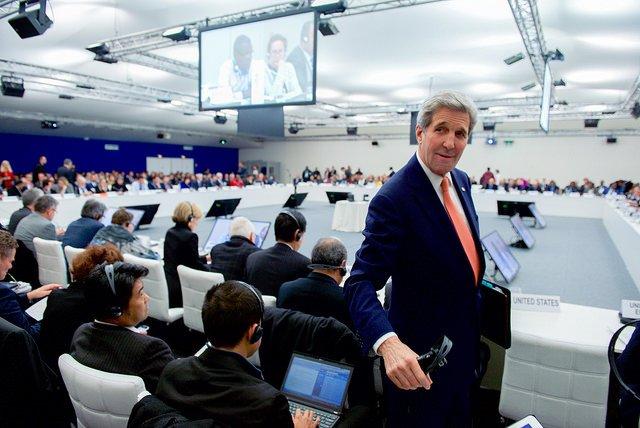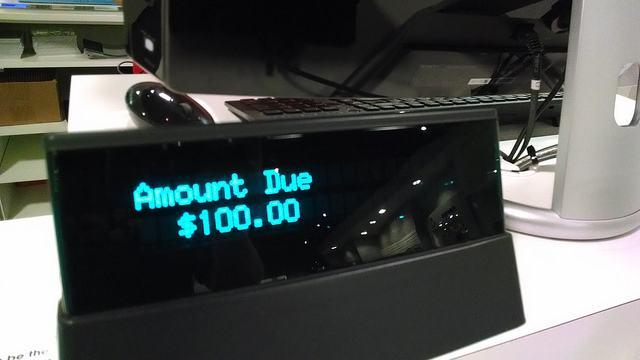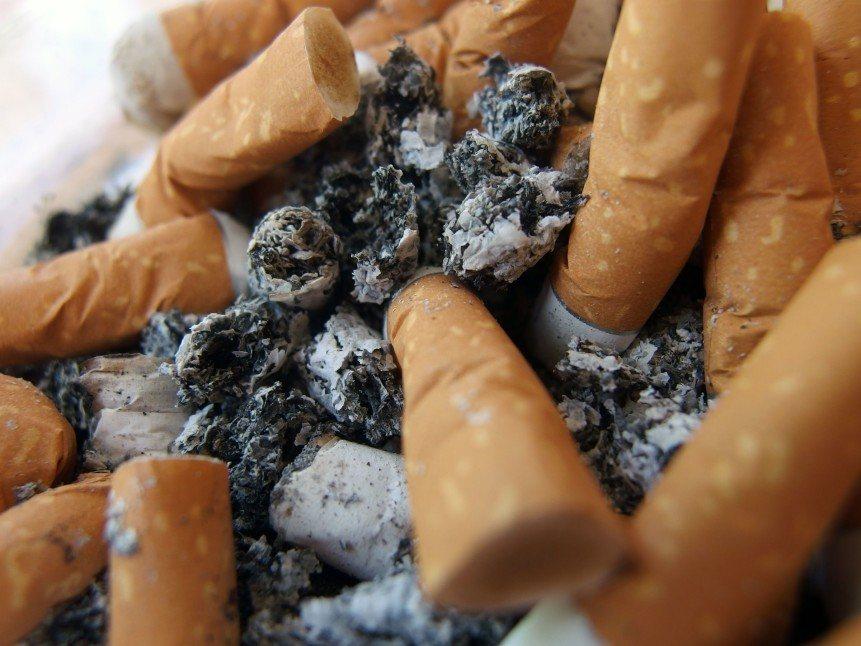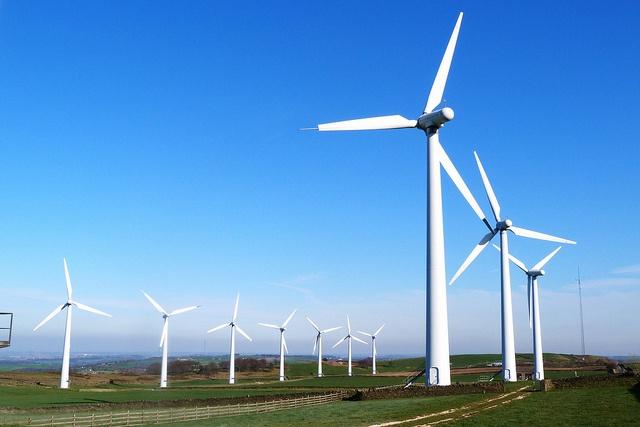COP21, the Paris Agreement and the Art of the Possible

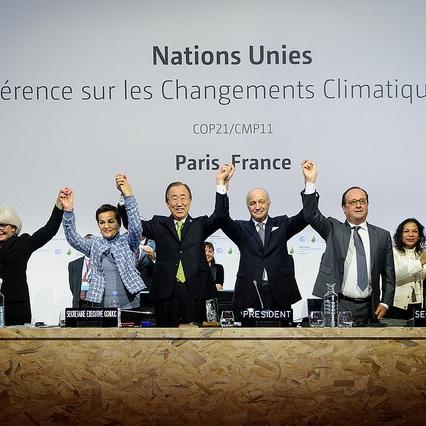
"Recognizing that climate change represents an urgent and potentially irreversible threat to human societies and the planet and thus requires the widest possible cooperation by all countries, and their participation in an effective and appropriate international response, with a view to accelerating the reduction of global greenhouse gas emissions."
- Preamble to the Paris Agreement, Dec. 12, 2015
To answer a question posed last on TriplePundit last week -- yes, in the end, COP21 can and did exorcise the ghosts of Copenhagen. On Saturday evening Paris time, COP21 President Laurant Fabius gaveled to a close an historic moment for humanity. With that gavel came adoption of the final draft of the Paris Agreement, a global deal by nearly 200 nations to address climate change.
The agreement sets into motion the shared realization of the urgency of the problem, the need for cooperative action to mitigate and adapt to climate change, and signals that the end of the fossil fuel economy is inevitable.
Key points of the Paris Agreement
In broad strokes, the Paris Agreement establishes a long-term goal of net-zero emissions, a mechanism to review progress and increase ambition at regular intervals, and a framework for climate finance.
Mitigation, transparency: The long-term signal in the Paris Agreement is for countries to peak their emissions "as soon as possible" and achieve "net-zero" greenhouse gas emissions by the last half of the century. At the heart of the Paris agreement are the INDCs, or national commitments, from 186 nations comprising 90 percent of the world's greenhouse gas emissions.
As most realize by now, even with this unprecedented commitment, we are on a probable path toward at least a 2.7 degrees Celsius global average temperature above pre-industrial levels. This doesn't match the goal of limiting global warming to "well below" 2 degrees, or even to 1.5 degrees Celsius. Indeed, some scientists suggest that 1.5 degrees is already "baked into the system."
The next key element of the agreement, therefore, is a legally-binding mechanism for countries to "ratchet up ambition" at regular five-year intervals starting in 2020. Countries will review their commitments in 2019, encouraging them to increase their current 2030 commitments.
Once the agreement is in force starting in 2020, each country is required to submit a subsequent round of targets every five years. Starting in 2023, a "global stocktake" mandates countries to report in five-year intervals on how their actual emissions reductions compare with their submitted plan.
Climate finance, adaptation, loss and damage: Developed countries agreed in Copenhagen to provide $100 billion annually in financial assistance by 2020 for developing countries to adapt to climate change and reduce emissions while growing their clean energy economies. The Paris Agreement acknowledges this $100 billion as a "floor" for climate finance to be reviewed and increased "before 2025."
The agreement addresses loss and damage as an issue separate from adaptation, making permanent the Warsaw International Mechanism established at COP19 to formally address loss and damage. The loss and damage provision in the agreement does not create any "new legal liability" for high emitting countries.
The agreement balances public funding between mitigation and adaptation, increasing pre-2020 support for adaptation for the most vulnerable countries already suffering the impacts of climate change.
The art of the possible
Calling for a "complete decarbonization" of developed economies by 2030, scientists at a press conference on Friday expressed concern that the language in the Paris Agreement does not "operationalize" the aspirational language of net-zero emissions. In the view of many scientists, the agreement falls well short of maintaining what the executive director of the Stockholm Resilience Center, Johan Rockström, calls a "safe space" within planetary climate boundaries.
When asked to comment on these concerns, Andrew Deutz of the Nature Conservancy told TriplePundit that he "sympathized with the scientists" but pointed to the bigger political reality in play at COP21
"In order to understand the climate process, you've got to be somewhat bipolar," Deutz said. "Because one hemisphere of your brain has to look at the science and say, 'We are desperately behind where we need to be; we need rapid decarbonization across all sectors of the economy if we're going to keep the climate in a safe space.' The other side of your brain is saying, 'Look where the politics are; look at the progress that we're making,'
"We now have the world's most comprehensive and ambitious set of emissions reductions commitments on the table that we've ever seen: huge political progress ... a political transformation"
If the current goals set forth in the agreement do not yet reflect the required levels of ambition, there is, for the first time ever, the expressed political will to start the process.
"This isn't just about climate change," Deutz said. "This is about the world's ability to demonstrate cooperation in the face of a global challenge."
Popping champagne corks in Paris
After a long, grueling process of negotiations and many sleepless nights, delegates and ministers had reason to celebrate in Paris on Saturday night. COP21 will be remembered as an inflection point in the human response to climate change.
But the celebration must be tempered with a sober assessment of how far we have yet to go to realize the aspirations of Paris. As Deutz said, "The next day [after COP21], we have to roll up our selves and desperately catch up to where we need to be"
Indeed the great accomplishment in the Paris Agreement is not how it "solves" climate change, but rather how it binds nations together in an internationally agreed upon framework to work toward the solution. It is, as one delegate from the EU said, "the art of the possible."
Image credit: COP Paris/Flickr



